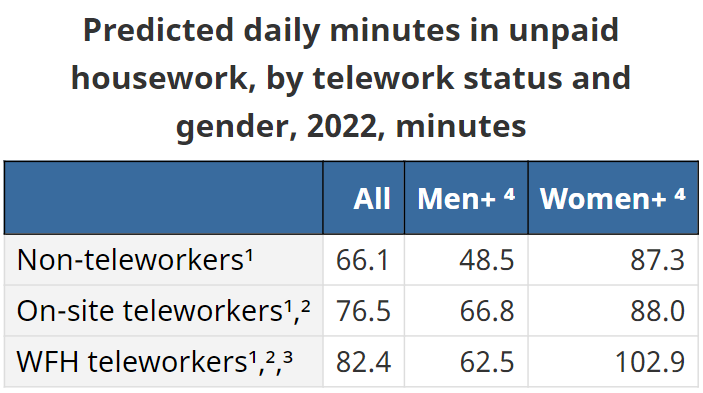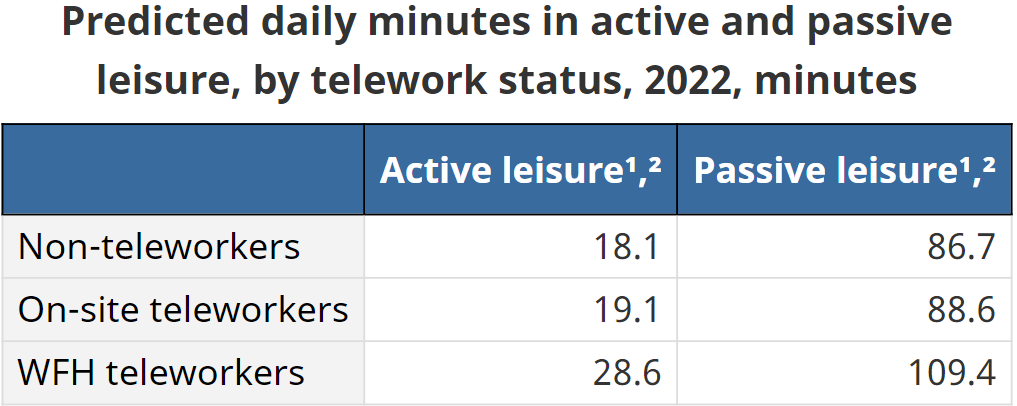
But at least 1 in 2 workers, no matter the setup, are constantly under stress, finds report

Teleworking proved to be a crucial factor for workers to be able to take care of their personal needs in the last year of the COVID-19 pandemic, according to a recent report.
Overall, work-from-home teleworkers – those who worked at home on the reference day – saved over an hour, on average, by not having to commute on the days that they worked from home, reported Statistics Canada (StatCan).
In contrast, non-teleworkers – those who did not telework in the week prior to the survey day and worked on-site on that day – commuted 63 minutes. And on-site teleworkers – those who teleworked in the week prior to the diary day but worked on-site on that day – commuted 74 minutes.
“However, paid work time was not associated with teleworking status. Paid work time on the diary day did not differ between WFH teleworkers, on-site teleworkers, and non-teleworkers after accounting for sociodemographic and job characteristics (such as industry, occupation, usual work hours, and so on),” said StatCan.
Employees' working hours at home are being collected by almost half of enterprises, and more employers are likely to follow suit, according to a previous report.
Not having to go to the office meant more personal time for workers, according to StatCan’s survey conducted July 2022 to July 2023.
Overall, those who teleworked had more time to attend to unpaid housework. This was particularly true among women, found the survey.

Source: Statistics Canada (StatCan)
“Working at home may be a key tool in balancing the competing demands of paid work and unpaid work, including household chores, and caring for children,” said StatCan. “Teleworkers may reallocate their commute time to taking care of their children, or they may be able to do more household chores on days when they work from home.”
Work-from-home teleworkers also had more time for leisure compared with those who reported in the office.

Source: Statistics Canada (StatCan)
“Teleworkers spent about 30 minutes more in leisure activities than non-teleworkers and on-site teleworkers. This included more time in active leisure activities, such as exercising or hobbies, as well as passive leisure activities, such as watching television,” said StatCan.
In the fourth quarter of 2022, 2.4 million Canadians had done a form of gig work in the previous 12 months, according to a previous StatCan report.
Work-from-home teleworkers also won when it comes to their hours of sleep.
Less than half (49.5%) of teleworkers had to cut back on sleep due to time pressure at work. In comparison, the number was at least six in 10 among non-teleworkers and on-site teleworkers.
“It is not clear why on-site teleworkers may feel more time pressure. Having to alternate between the workplace and working at home might contribute to decreased stability in schedules, possibly contributing to increased time pressure,” said StatCan.
Despite that, all three of groups workers reported high levels of not having enough time with family or friends, and of being constantly under stress.

Source: Statistics Canada (StatCan)
Nearly six in 10 (59%) of Canadians support federal government workers spending more time in-office, according to a recent report from Angus Reid.
Here are some things employers can do to reduce employee stress, according to non-profit On Site Placement: